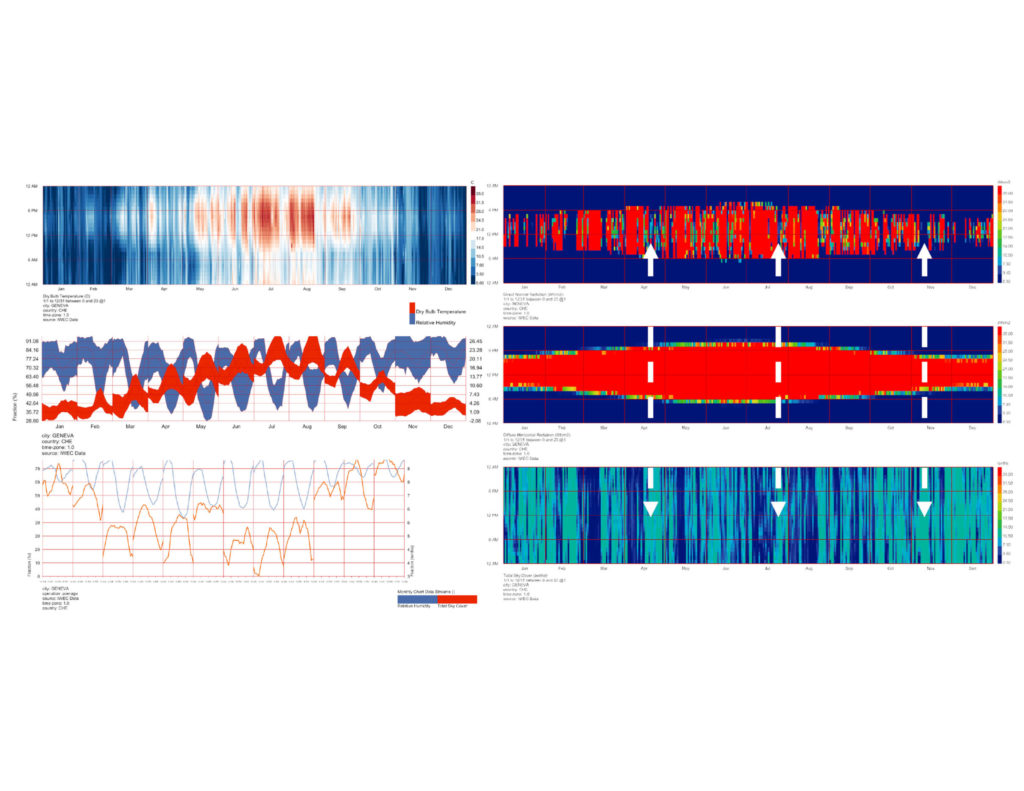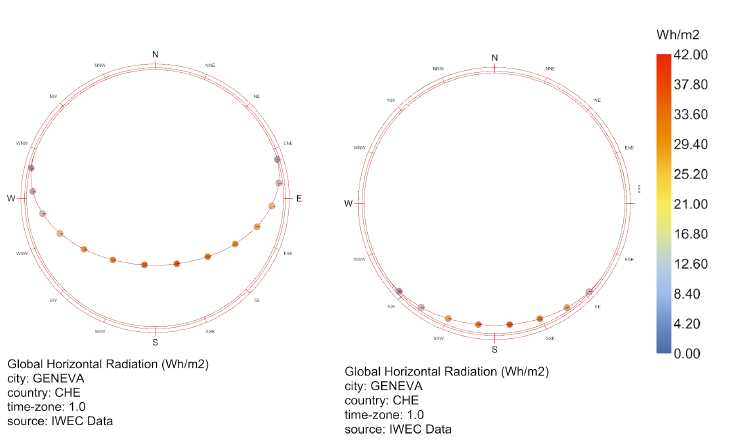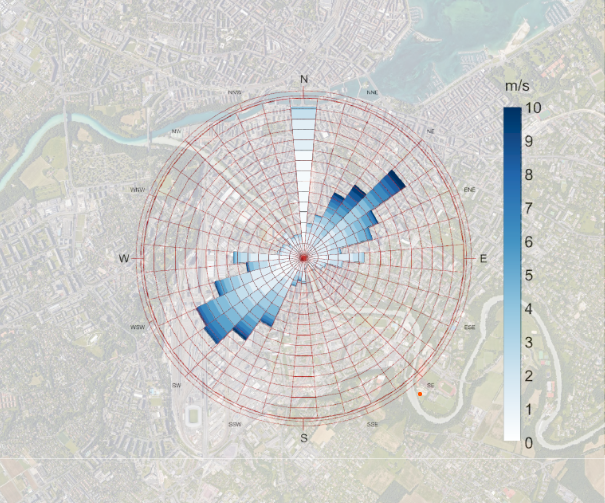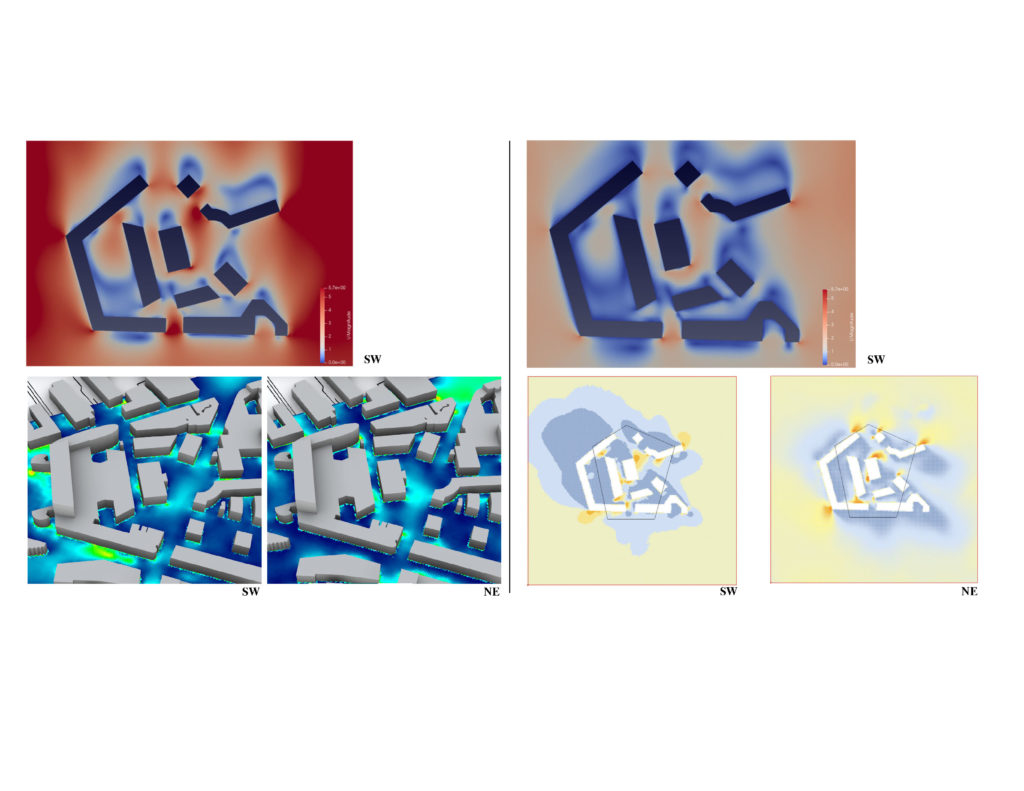St-Clotilde is a parish located in Geneve, Switzerland. Climate data is sourced from IWEC Database of LadyBug in Grasshopper


In Geneve the temperature varies between -1º C and 26º C most of the year, but temperature can reach lower and higher peaks. Humidity plays a major role in Geneva as well. In fact, the average humidity here ranges from 40%, which is a comfortable level, up to 95%, a level that can cause quite a lot of discomfort. In some rare occasions, the humidity in Geneva can actually reach 100%. Unfortunately climate change has changed the city’s climate to harsher climate condition enhancing uncomfortable weather conditions, especially in summer. In 2022 temperature peaked up to 37 ºC. The city is characterized by high sky coverage due to the humidity and proximity to the lake.
From an architect perspective design should take into account environmental conditions to respond to climate change not only from past data but also considering how the climate is changing and will affect people’s lives in the future.



Saint Clotilde Parish is built inside a residential area, very close to a residential mid rise building that projecting its shadow on the Parish completely obstructs sunlight on the west side of the building.
The study revolves around an imaginary situation where the parish has to be rebuilt as a residential building similarly to other buildings in the neighborhood. The design proposed solution is to maintain the original building’s volume but incline the west facade of a 15ª degrees angle. The scope of the research is to convince the client to incline the west face of the building to improve environmental conditions on that side. The quality of the new generated spaces would be worth the complications and increased costs of an inclined facade.


The analysis is carried comparing the initial condition and the proposed design from an environmental and thermal comfort perspective. As noticeable from these first result the initial condition of the building from the west side is 0 hours and no radiation on the west side. The slight inclination of the facade is considerably improving the radiation and the amount of sun hours the windows receive.

Outdoor thermal condition is taken into account too to check the effects on the street. Although overall the change is not perceivable there is a thermal improvement in the proximity of the facade in winter with an increased temperature of 2º C while in summer the higher building creates shading on a portion of the square.

The most relevant analysis for this case study was the indoor conditions for the new tenants of the apartments. In the picture you can see how with same energetical effort of heating in winter the rooms on the west side gains around 2ºC on average and that is very convenient ecologically and economically for the residents. Also, the same depth of room but with an inclined facade allows for more light to come improving visual comfort and saving more hours of artificial lighting, again an ecological and economical gain.

Winds in Geneve predominantly blow from North East and South West with a maximum speed of 10 m/s. The site was tested in a wind tunnel to check if a higher building would generate uncomfortable winds in the surroundings.


Wind Simulation is run with the data from the windroses. Results are that wind generally does not go over 4m/s speeds in both current and new designs but we can see the effects of the new design are actually slowing down winds due to the inclination of the facade that creates a lower reaction to wind forces


